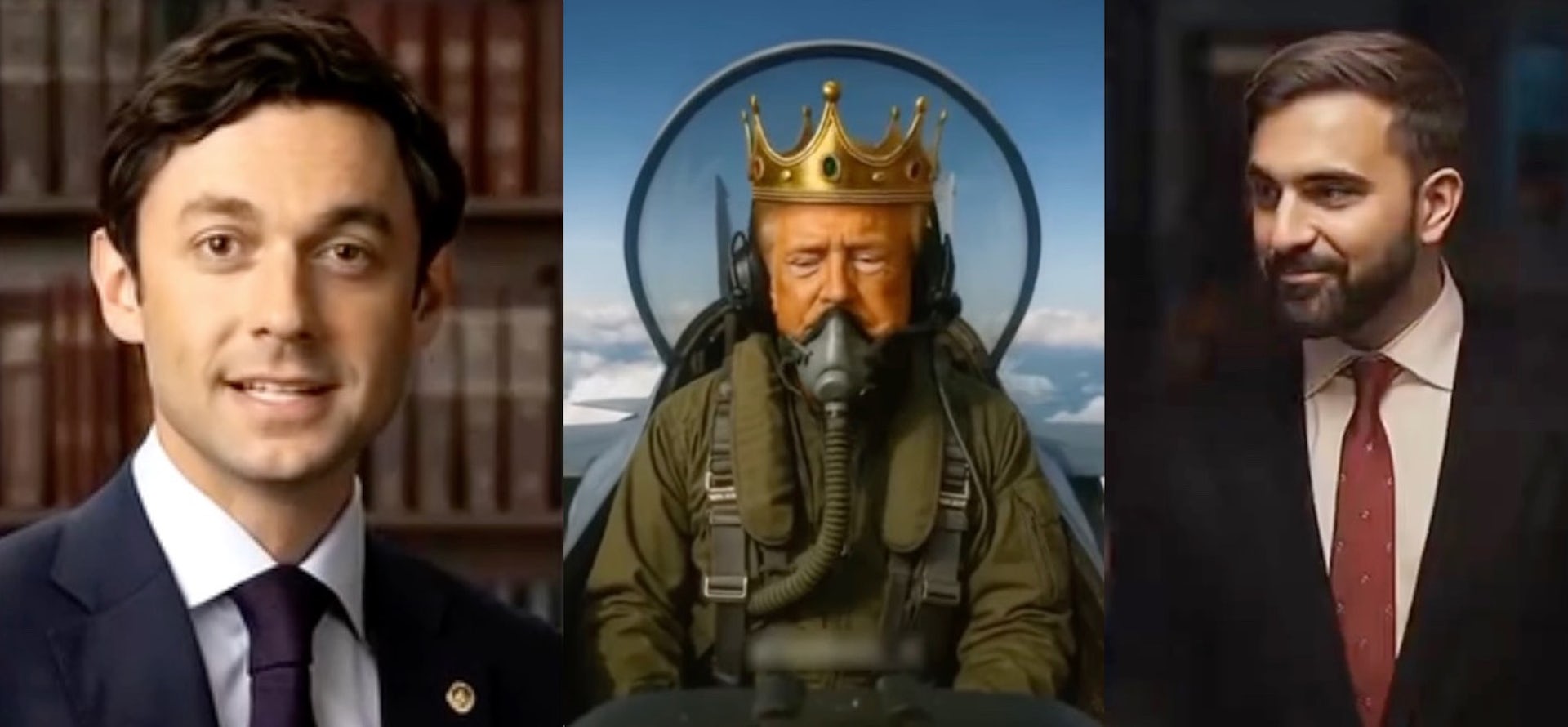Ceasefires like the one between Iran and Israel often fail – but an agreement with specific conditio
While Israel and Iran have agreed to a ceasefire after 12 days of airstrikes, it isn’t clear what specific measures, if any, the countries might agree to in order to keep the peace.

Within hours of President Donald Trump unexpectedly announcing an upcoming ceasefire between Israel and Iran on June 23, 2025, both countries launched airstrikes against the other.
“We basically have two countries that have been fighting so long and so hard that they don’t know what the f–k they’re doing,” an angry and frustrated Trump told reporters outside the White House on June 24.
While Iran and Israel have tentatively agreed to the truce – and Trump reiterated on June 24 that the “ceasefire is in effect” – it is not clear whether this deal can hold. Some research shows that an estimated 80% of ceasefire deals worldwide fail.
Amy Lieberman, a politics and society editor at The Conversation U.S., spoke with former Ambassador Donald Heflin, an American career diplomat who serves as the executive director of the Edward R. Murrow Center at the Fletcher School, Tufts University, to understand how ceasefires typically work – and how the Israel-Iran deal stacks up against other agreements to end wars.

How do ceasefire deals typically happen?
There are classes taught on how to negotiate ceasefires, but it is ad hoc with each situation.
For example, in one scenario, one of the warring parties wants a ceasefire and has decided that the conflict isn’t going well. The second party might not want a ceasefire, but could agree that it is getting tired or the risks are too high, and agrees to work something out.
The next scenario, which leads to more success, is when both parties want a ceasefire. They decide that the loss of life and money has gone too far for both sides. One of the parties approaches the other through intermediaries to say it wants a ceasefire, and the other warring party agrees.
In a third situation – which is what we are seeing with the Iran-Israel deal – the outside world imposes a ceasefire. Trump likely told both Israel and Iran: Look, it’s enough. This is too dangerous for the rest of the world. We don’t care what you think. Time for a ceasefire.“
The U.S. has done this in the Middle East before, like after the Yom Kippur War in 1973 between Israel and a coalition of Arab countries led by Egypt and Syria. Israel was achieving big military victories, but the risk was pretty great for the world. The U.S. came in and said, "That’s enough, stop it now.” And it worked.
Does the US bring the warring parties to a table in this kind of situation, or simply pressure the countries to stop fighting?
It is more of the U.S. saying, “We are done.” When the U.S. does something like this, it is often going to have backup from the European Union and other countries like Qatar, saying, “The Americans are right. It is time for a ceasefire.”
It appears that this Israel-Iran deal does not have specific conditions attached to it. Is that typical of a ceasefire deal?
This deal doesn’t seem to have any specific details attached to it. Ceasefires work better when they have that. Lasting ceasefires need to address the concerns of the warring parties and give each side some of what it wants.
For instance, in the Ukraine and Russia war, we have not seen either one of those countries push for a ceasefire. Part of the problem is Crimea and eastern Ukraine, sections of land in Ukraine that Russia has annexed and claims as its own. Russia would be happy with a deal that puts it in charge of Crimea and Ukraine, but Ukraine won’t agree to that. The question of who controls specific areas of land has to be addressed in this conflict; otherwise, the ceasefire isn’t going to last.

Who is responsible for ensuring that both sides uphold a ceasefire?
Security guarantees are an important part of negotiating and maintaining long-term ceasefires. Big countries like the U.S. could say that if a warring party violates a ceasefire agreement, they are going to punish them.
In the 1990s, the U.S. and Europe assured Ukraine that if it gave up its nuclear arsenal, the U.S. would defend Ukraine if Russia ever invaded it. Russia has invaded Ukraine twice since then, in 2014 and 2022. The U.S. gave a more substantial response in the form of sending weapons and other war materials to Ukraine after the 2022 invasion, but there have been no real consequences for Russia.
That has created a problem for ceasefires in the future, because the U.S. didn’t deliver on its past security guarantees.
The further away you get from Europe, the less interested the West is in wars. But in those kinds of disputes, United Nations and other international peacekeeping troops can be sent in. Sometimes, that can work brilliantly in one place, like with the example of international peacekeeping troops called the multilateral Observer Mission stationed between Israel and Egypt helping maintain peace between those countries. But you can copy it to another place and it just doesn’t work as well.
How does this ceasefire fit within the history of other ceasefires?
It’s too early to tell. What matters is how the details get fleshed out.
Ideally, you can get representatives of the Israeli and Iranian governments to sit around a conference table to reach a detailed agreement. The Israelis might say, “We have got to have some kind of assurances that Iran is not going to use a nuclear weapon.” And the Iranians could say, “Assassinations of our military generals and scientists has got to stop.” That kind of conversation and agreement is what is missing, thus far, in this process.
Why is it so common for ceasefire deals to fail?
Some ceasefire deals don’t get to the underlying conditions of what really caused the problem and what made people start shooting this time around. If you don’t get to the core issues of a conflict, you are putting a Band-Aid on the situation. Putting a Band-Aid on someone when they are bleeding is a good move, but you ultimately might need more than that to stop the bleeding.
The outside world might be pretty happy with a ceasefire deal that seems to stop the fighting, but if the details are not ironed out, the experts would say, “This isn’t going to last.”
Donald Heflin does not work for, consult, own shares in or receive funding from any company or organization that would benefit from this article, and has disclosed no relevant affiliations beyond their academic appointment.
Read These Next
AI-generated political videos are more about memes and money than persuading and deceiving
Don’t discount the threat of AI political videos fooling people, but for now, they’re mostly about…
Polytechnic universities focus on practical, career-oriented skills, offering an alternative to trad
Polytechnic universities try to incorporate skills-based learning into education.
Time banks could ease the burden of elder care and promote connection
A diverse team of researchers, concerned that the global elder care crisis cannot be addressed by the…





